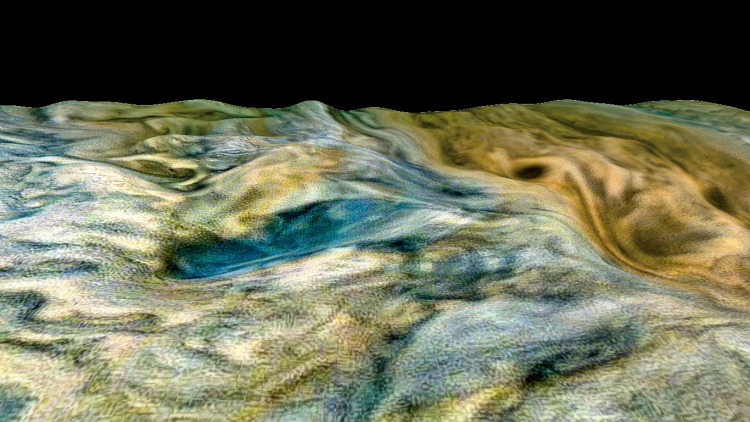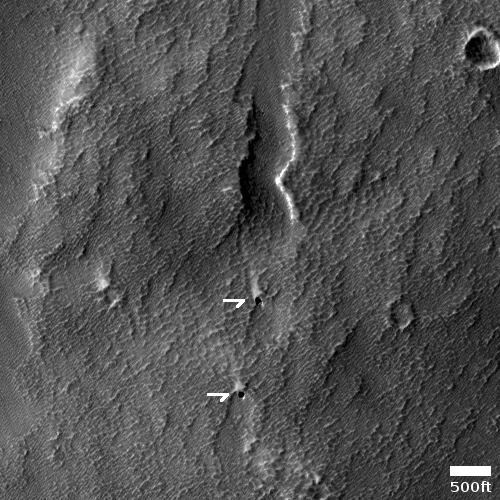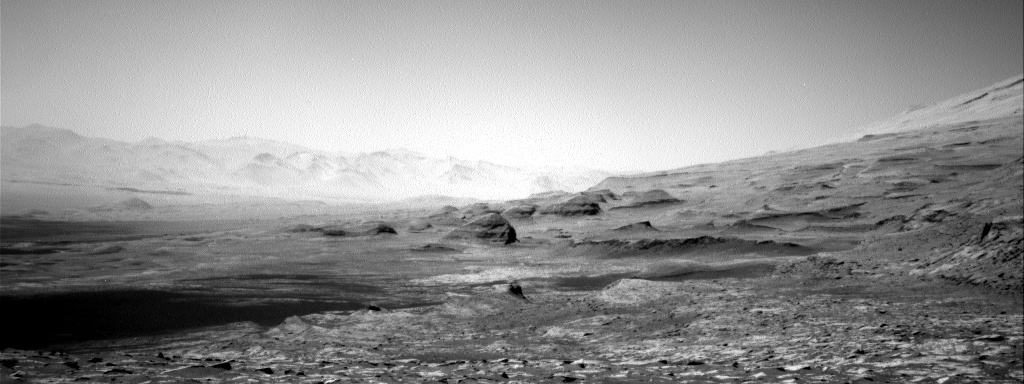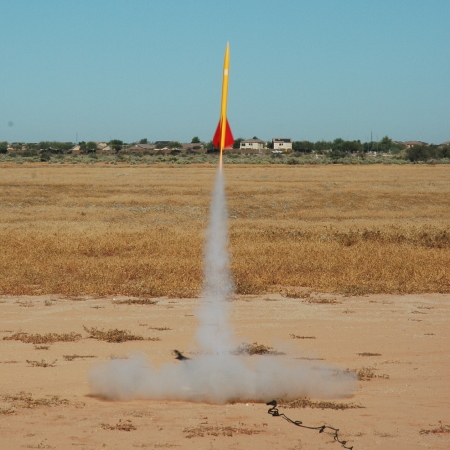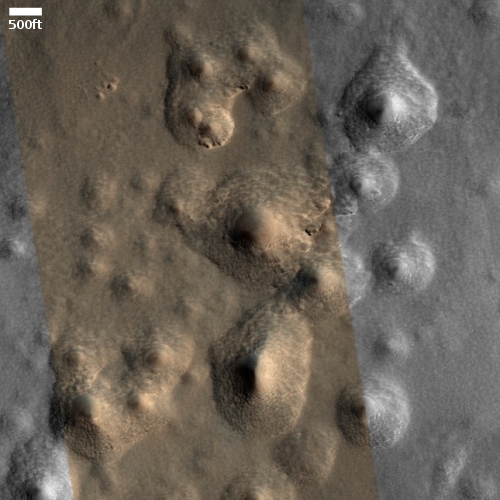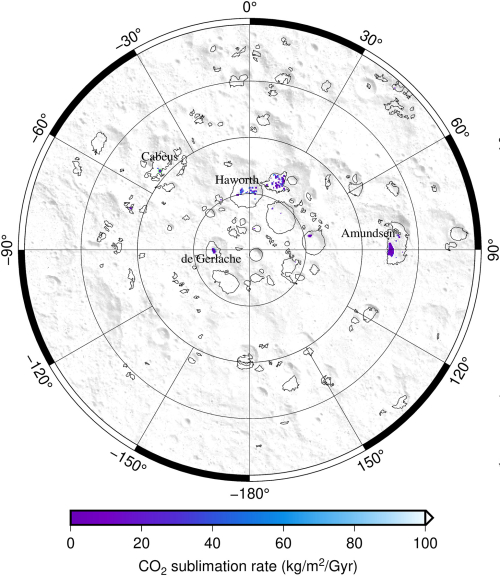A large United Nations committee of nations has approved, by a vote of 163 to 8, a United Kingdom proposal, backed by the U.S., to start a working group to develop rules nations must follow in connection with any military actions in space.
The plan for the Open-Ended Working Group (OEWG), which would meet twice in 2022 and 2023 and work on a basis of consensus, was pushed by the United Kingdom and co-sponsored by a number of Western countries including the United States. It passed First Committee with 163 “Yes” to eight “No” votes, and nine abstentions — 13 more votes than last year’s UK-sponsored resolution passed last year by the UN General Assembly soliciting national views on military space threats and how to ameliorate them.
In order to become a reality, the full UN General Assembly now needs to approve the OEWG plan during their session in December, but given the First Committee vote, this is pretty much a foregone conclusion.
According to the announcement by the UN, the opposition was as follows:
The Committee approved — by a recorded vote of 163 in favour to 8 against (China, Cuba, Democratic People’s Republic of Korea, Iran, Nicaragua, Russian Federation, Syria, Venezuela), with 9 abstentions (Armenia, Belarus, Comoros, Djibouti, India, Israel, Pakistan, Tajikistan, Zimbabwe) — the draft resolution “Reducing space threats through norms, rules and principles of responsible behaviours”.
The Russians further expressed its forceful opposition in TASS, the government’s state-run press.
A detailed explanation of the proposal’s goals can be found here. Overall it appears the UK, with the backing of the United States, wants to begin a dialogue on the use of the military in space, in the hope that some reasonable compromise can be made.
From what I can gather from both articles as well as the UN announcement, I do not see this as good news, even though it was opposed by the authoritarian nations like China, Cuba, North Korea, and Russia. There are a number of clauses in this proposal that were approved that the western capitalist nations of the world opposed.
In the end, I expect these negotiations to produce a treaty not unlike the Outer Space Treaty, whereby most of its mandates make sense but hidden within will be one or two that in the end will be used successfully to squelch individual freedom and private enterprise. Power will be centralized to the governments, not to the citizens, and the rights of future space colonists will be limited significantly. No bill of rights for them!
Meanwhile, Russia today announced it has signed an agreement with Zimbabwe to outline their future cooperation in space.
The battle lines are being drawn, but I have little faith in the commitment to freedom and individual rights by those in power in the west.

